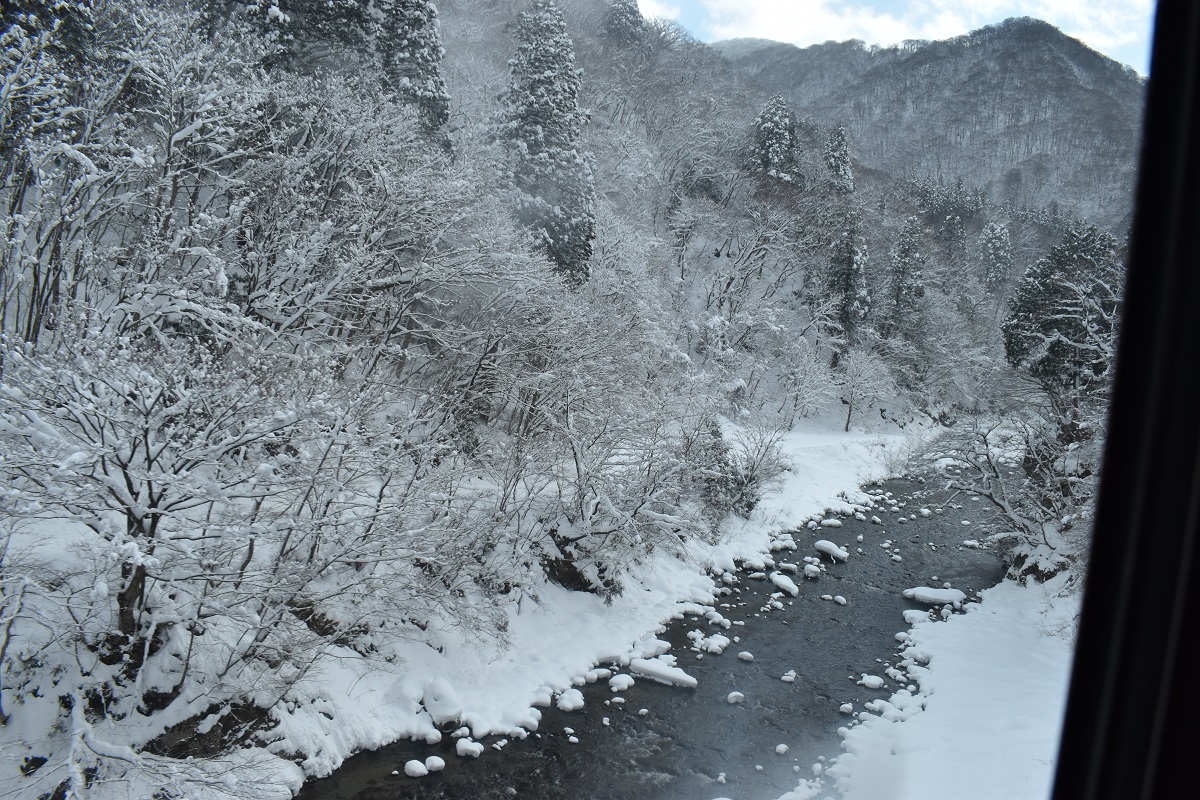
To get to the falls, you either have to give up and park in a free parking lot quite a ways off and walk in the scorching sun of heart Japan, or you have to misjudge the free parking lot and drive deep into the souvenir street, where you’re stuck and can’t get anywhere, only to be guided by a shop assistant holding a fan (with a sign saying parking is 500 yen).
Furthermore, you have to pay an entrance fee to enter a long tunnel before you reach the front of the waterfall. The tunnel is decorated with illuminations, but the illuminations look a bit cheap considering the great outdoors ahead.

Suddenly, the front of an overwhelming waterfall like nothing I’ve ever seen before comes into view. Water flows down the huge rock face in multiple streams (like Snoopy Waterfall, but huge!) , and the sound is so loud it’s difficult to even hold a conversation. The waterfall is made up of several tiers from the top, but the key point is that you can’t see it from the front for free.
If you take the elevator up from here, you can see the upper tier of the waterfall all the way to the back (like Yokoya Ravine, but huge!), and the amount of water flowing down makes the rock face appear to be in the shape of a heart, which has led to it being introduced as a power spot.
However, it was extremely difficult to find the shape, and I ended up taking many photos, checking each time to see if it looked like a heart, which took quite a while. I think the claim that it looks like a heart is a bit of an exaggeration or a pushy advertisement.
Apparently it gets incredibly crowded during the autumn foliage season, but you can still enjoy the coolness even in the height of summer.
Detour
Fukuroda Falls is located in Daigo Town in the Okukuji region. It could almost be said to be in the Tohoku region. The Suigun Line connects Mito in Ibaraki Prefecture with Koriyama in Fukushima Prefecture, but it is an extremely local line. At Hitachi Daigo Station, a station along the line, an old steam locomotive is on display, and at a nearby shrine, the stone steps are decorated with Hina dolls during the Hinamatsuri festival. There is a wide variety of agricultural products for sale at the roadside station.






















































